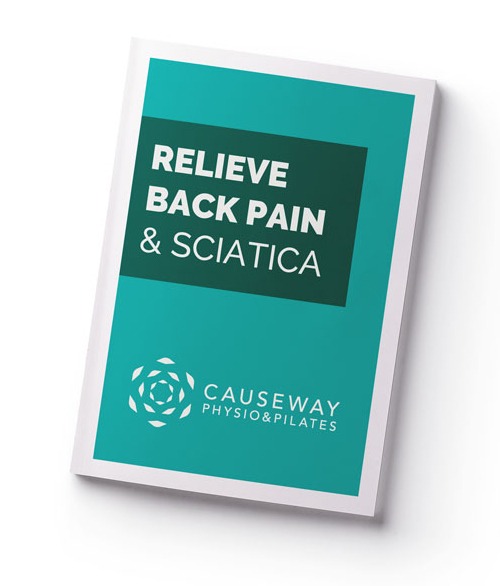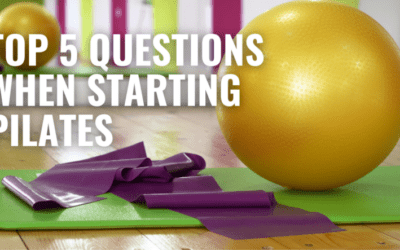This image is an MRI of a patient’s lumbar spine (lower back), showing a significant disc bulge. You can see the disc slipping out of place and squashing the spinal cord (white bit) – can’t you? This must be painful, right? And surely it could slip further and cause even more damage?
The truth is that this is very unlikely. Discs do not simply slip out of place. A disc is made up of a strong, thick outer shield, and an inner substance, which is like a viscous liquid, allowing it to compress and absorb force as your back moves, twists and lifts. Discs are firmly attached to the vertebrae (back bones) above and below, so, contrary to popular opinion, they do not slip out of place, nor can they be manipulated back in! Check out our Mythbusting section of our Relieve Back Pain & Sciatica guide to find out more common misconceptions about back pain or sciatica.

Get Your Free Back Pain Guide
Great tips to ease back pain. Sleep better tonight with our guide. Relieve back stiffness with 3 exercises.
Check out the chart below showing the rates of Disc Protrusion (yellow) & Spondylolisthesis (Red) indicating significant structural changes in the spine YET THESE SCANS WERE OF HEALTHY PAIN FREE SUBJECTS.

Occasionally discs can protrude and put pressure on a nerve (often known as sciatica). This can sometimes cause pins and needles or numbness to radiate down your leg and can be extremely painful, but is rarely dangerous, and can usually be managed by simple physiotherapy, and short-term painkillers if required. You won’t need a scan unless your numbness or muscle strength is persistently worsening, affecting both legs significantly or comes on at the same time as a sudden loss of control or sensation of your bladder/bowel.
To sum up – discs do not slip out of place, but they do move! Occasionally this can cause pain, but it is rarely a medical emergency. Physiotherapy can help gently get your nerves moving, release taut bands of muscles which aggravate it and teach you how to strengthen your back to prevent it from recurring. If you are worried, or don’t know when you should be worried, read our blog about “danger” signs with low back pain My back hurts…when should I worry? or contact your physio or doctor.



